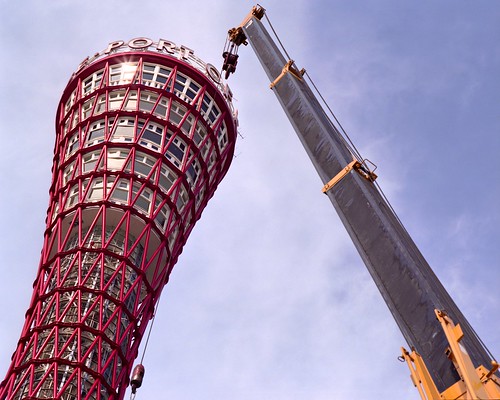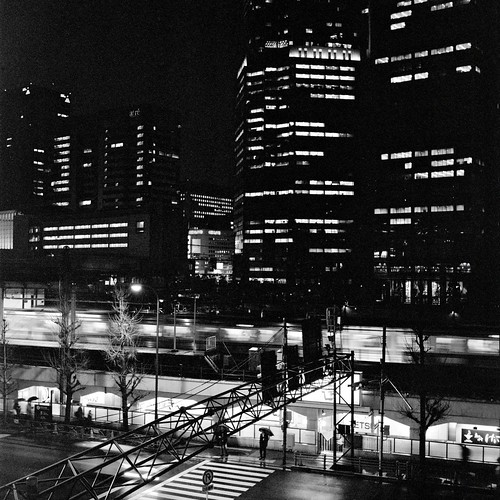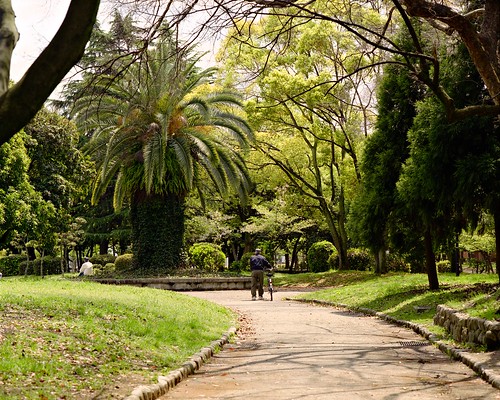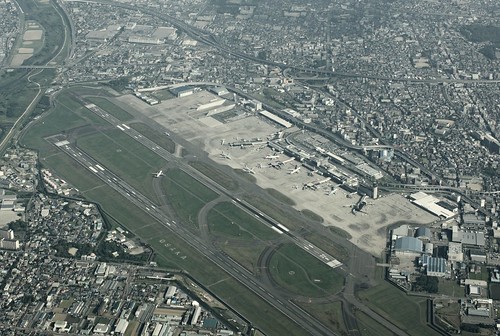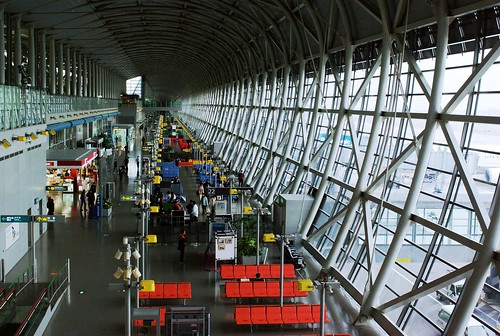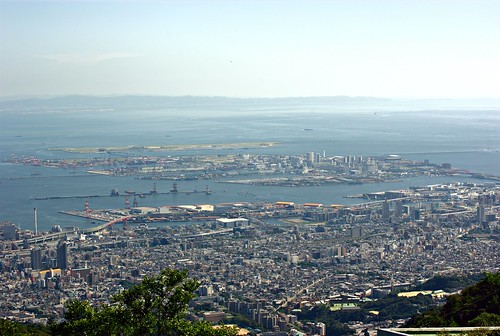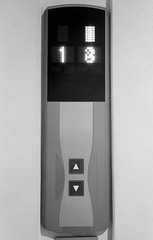The Japanese political landscape is changing, slowly, gingerly. The new DPJ government has seen its popularity plunge (approval ratings are around the 35% mark nowadays) - from Ozawa's ongoing funding scandal, true, but perhaps more from prime minister Hatoyama's complete lack of any leadership on difficult policy issues. Or on easy policy issues. Or, presumably, on what to have for dinner. His ministers have been fighting each other in public while he's been perfecting his weather-vane impression by siding with whomever shouts the loudest at any one moment.
Things have not been helped by his long, long dithering over the Futenma air base relocation problem ("We'll decide this by New Year. No, make it February. March, absolutely, no more extensions, I promise. Um, how about May? No ..."). Now, you might argue that the air base issue is an old one, inherited from the LDP, and so Hatoyama and the DPJ doesn't have sole responsibility for this mess. But that's the thing: it
is an old, festering issue and everybody
knew it was going to come up. So if Messrs. Hatoyama, Ozawa and co. never had a clue what to do about the issue then why stand for election and promise to solve it in the first place?
Now, the DPJ is sitting steady in the lower house for four years. The coming upper house election, on the other hand, is uncertain, and Hatoyama himself may well be on his way out; there's been a public call from within his own party that he either solve the Futenma issue before the election or step down. Ozawa, too, is starting to look like a has-been. While he has managed to stay in his post, he has clearly lost a lot of clout within the party and he is no longer feared the way he was. It looks likely to me that unless they pull off an election win there'll be a change of the guard in the party after the upper house election, and quite possible before.
So, the new government is seen as flailing about, with its successes (and there are some, certainly) overshadowed by its very public failures. Good times for the opposition LDP, right? Wrong. Their approval ratings are as bad as last autumn (around 20%), with no improvement in sight. The current temporary head (don't remember the name - it's not like it matters) and the party leaders have not made a single move to learn from the election disaster last autumn. No dissolution of the party factions, no attempt to release the party from the grip of the old hands, and not even any serious discussion of future policy issues. And they have been utterly ineffective as an opposition party, completely unable to score any political points off the government - an amazing feat considering how many openings the DPJ has given them over the past winter.
More and more, the LDP looks slowly to be falling apart. It's been losing the support of old-time benefactors - the Japanese medical association no longer donates to the LDP for instance - and we're seeing more and more defections and creation of new parties. We got
Minna No Tō ("Everyone's party", or officially "Your Party" in English), a centrist formation that's been getting a surprising amount of public support. The past couple of weeks have seen further defections and the birth of
Tachiagare Nippon ("Stand up, Japan"), a strange marriage of convenience between a right-wing nationalist and a fiscal conservative; MTC and others
speculate that the founders (both in the 70's) may simply use the new party and each other to get elected and don't really intend to mix their incompatible agendas.
A couple of breakaway parties is nothing new of course, but there's a lot of public rumbling from other LDP members dissatisfied with the rate (nonexistent) and direction (Brownian motion) of party reformation, and there's likely to be more splinter groups formed in time for the upper house election. If they do well, relatively speaking, and the LDP has another bad election, the trickle may well develop into a flood, leaving the LDP a shadow of its former self.
The question is of course if or when the DPJ starts breaking apart in the same way. They, like the LDP, are a big-tent kind of party that brings many disparate, and mutually incompatible, political agendas under the same roof. The party will certainly hold together as long as they stay in power, but a few bad elections will likely produce the same kind of internal tensions that is now tearing apart the LDP. It is quite possible - if not terribly likely - that the current LDP and DPJ will have shrunk to become little more than coalition fan-bearers ten years hence, with most of the excitement and policy ideas coming from the newer upstarts.
If that happens, I think it would be a good thing for Japanese politics. These new proto-parties and alliances tend to collect like-minded members and giving them an ideological cohesion - a common view of what the country should be - that is sorely lacking in the current major parties. The LDP and DPJ are mostly apolitical vehicles for winning elections. The actual policy agenda is decided not in the general election, but by the incoming cabinet that in turn is shaped by internal party power politics rather than by the electorate. A change to more ideologically pure parties would transfer much of that policy setting power from party officials to the voting public.



